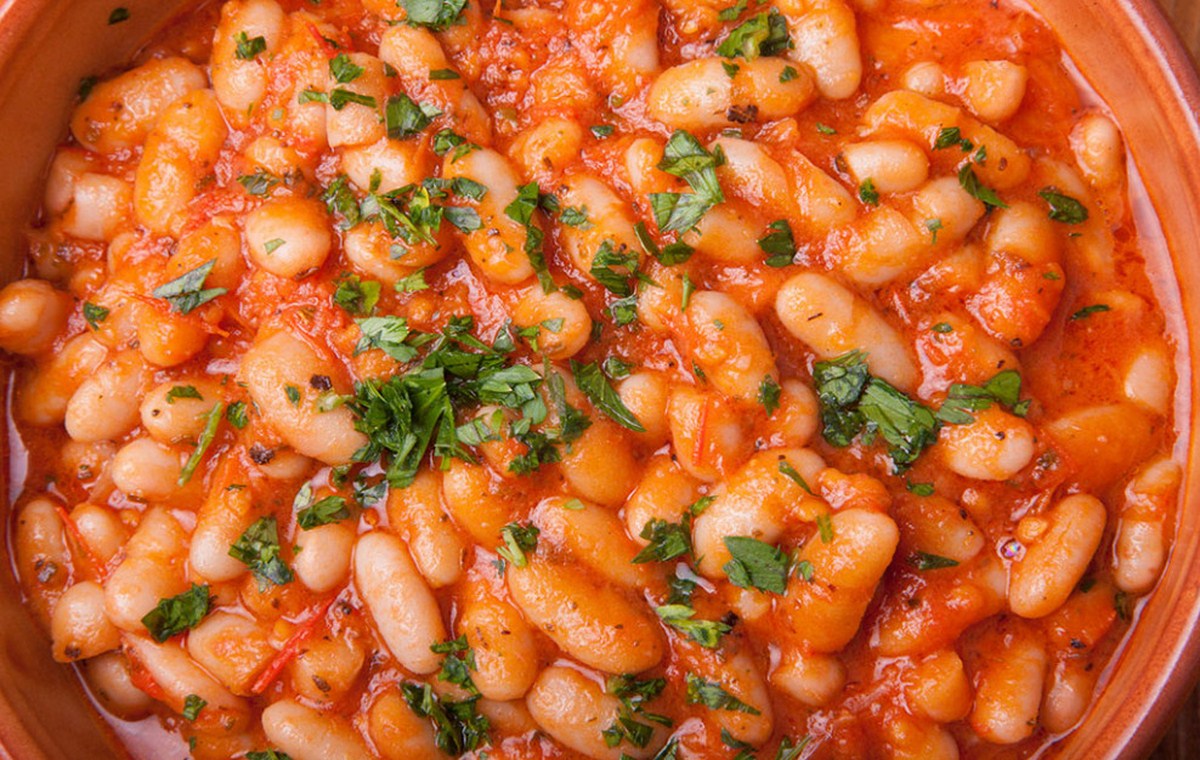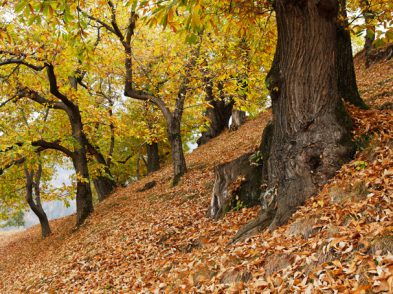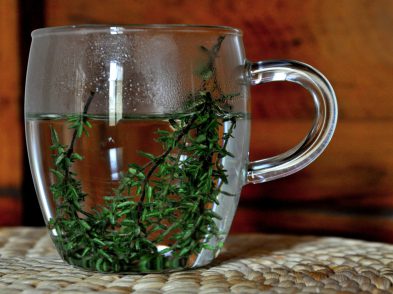They might not be the most sparkling jewel in Tuscan brilliance, but they are a product of local wisdom, shaped by the creativity of many hands, like in a Renaissance “bottega”.
We are talking about beans and pulses, which fell into decline in the second half of the 20th century, but are now enjoying the limelight again due to health requirements and ethical choices. Changes in the daily dietary habits of our families mean that these little wonders are a fundamental resource once more.
Legumes have always been an intrinsic part of traditional Tuscan dishes, so it is a joy to see these classic soups and recipes back on the table where they belong. Dishes like fagioli all’uccelletto and farinata di ceci are examples of how sublime-tasting foods can be made from the cheapest of ingredients in home kitchen and with no need for Michelin-starred chefs. Their goodness and versatility provide us with easy ways to enrich our weekly menus while giving our bodies what they require.
In the not-so-distant past, Tuscans referred to legumes as “the poor man’s meat”, an economically viable alternative to obtain nutrients and a way of making use of the countless bean varieties that have been grown in Tuscany for centuries. It seems that even Charles V, whose Holy Roman Empire encompassed parts of the New World, gave some beans to Giulio de’ Medici. From that moment on, the Phaseolus vulgaris gave rise to a myriad “ecotypes”: different bean varieties, each intimately associated with the specific traits of the soil and climate of the areas in which they are cultivated.
Among the varieties whose reputations have surpassed regional boundaries are the famous cannellini, the zolfino (the reference to zolfo, meaning sulphur, comes from the skin colour), Sorana, schiaccione from Pietrasanta (“big squashed bean”), coco nano (“dwarf coconut”, small and tender, ideal for cooking traditional in a glass flask overnight in embers) and the rosso di Lucca. All these non-technical descriptive names tell us a lot about their appearance and where they are grown, but Tuscany’s lesser-known beans are equally interesting. Who in their right mind would not want to try the fagiolo scritto (“written bean”, whose seeds look like they have been marked with a felt-tip pen), fagiolo stortino (“crooked bean”, the pods are curved like a ring), fagiolo malato (“sick bean” for its paleness) and the fagiolo mascherino (“masked bean”, the skin is dappled making the seeds resemble little masks).
Tuscan beans are all thin-skinned, fleshy inside yet delicately flavoured. An unforgettable culinary experience is guaranteed even if just boiled and served on a slice of saltless toast splashed with local extra-virgin olive oil. When cooked with vegetables and cereals (such as pasta, farro, polenta or rice) these legumes become a well-balanced, full meal. Dishes like these contain protein levels whereby you eat all the amino acids your body needs, next to no saturated fat as well as fiber, which is useful for your digestive system and cardiovascular system. Aside from the health benefits, Garfagnana spelt soup or a yellow farinata with beans and Tuscan kale from the Mugello is also an easily digested fount of energy—no falling asleep at your desk after lunch or afternoon snacking required. A tip: to avoid the embarrassment of flatulence, soak beans in water for 12 hours and cook over low them with bay leaves, fennel seeds, sage and thyme.
Another advantage of beans and legumes in general is the fact that they can be stored for long periods (just pop them in a glass container with a lid). Inexpensive and needing no special cooking equipment, they are the perfect base for a pick-me-up in the winter and refreshing salads in the summer.
A superfood, you won’t find them on the cover of a glossy magazine, but on the reassuring pages of a newspaper that never lets you down. In certain parts of Italy, beans are referred to as “mamme”, because they feed, protect and nourish us just like our mothers do.
RECIPE
Fagioli all’uccelletto
(Beans in tomato sauce)

Serves 4
Ingredients
250 g cannellini beans
3 tbsp extra-virgin olive oil
2 cloves garlic, peeled, whole and slightly crushed
sage leaves
300 ml tomato passata
salt and pepper
Rinse and soak the beans in cold water for about 12 hours or overnight. Drain the water and set aside.
Heat the oil in a heavy-based saucepan and sauté the garlic with 5 or 6 sage leaves until the garlic is pale gold. Add the drained beans and season generously with salt and freshly ground black pepper.
Mix gently over the heat for a few minutes. When the beans start to become dry, pour in the tomato passata, mix and cover with a lid. Cook for 15 minutes, making sure that the beans don’t become too dry.
Serve hot.






